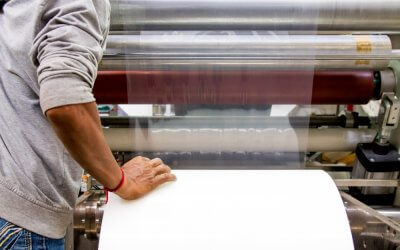In the last blog post, we discussed the importance of a regular examination of your supply chain. To review, a supply chain exam is beneficial for scaling growth, lowering bottom-line costs, increasing efficiency, identifying weaknesses, and assessing points of failure to create backup plans.
We began the exam with a high-level look at country of origin (COO) variables that will negatively or positively affect your supply chain. In this article, we’ll move to part two of that conversation and focus on factory and process-related considerations. Be sure to read the last post to catch up if you haven’t already
Supply Chain Part 2: Factory and Processes
I. Quality Consistency
Quality is generally seen as something that the factory needs to take care of and that the inspectors need to confirm. While that’s true in a sense, quality is actually a duel responsibility. Just because you are noticing a heightened level of issues in a factory doesn’t mean that you need to get a new one. Double-check your procedures first:
- Do the operators have sufficient training to perform properly?
- Are clear, accurate, and complete records maintained to identify trends and areas to improve?
- Do you have sufficient operational insight to determine the root cause for any issues?
- Are your product specifications well documented and crystal-clear?
If all the procedures on your end are in-line, consider looking for another factory. But don’t spend your time and money if the root cause is fixable by you.
II. Supplier Responsiveness
This is about more than just being able to communicate quickly on urgent questions or fires that need putting out. This is about the ability to pivot quickly when the needs of the market shift.
Depending on your industry, this type of responsiveness may not be a big issue. Maybe there won’t be any demand changes or innovation in toilet paper for the next 20 years and you don’t have anything to worry about. However, if your products are constantly changing and evolving (to use the last post’s example: fashion jewelry), then you need the ability to change gears and directions quickly. Could it be that you are losing potential profits because your go-to-market reaction time is too slow?
III. Operational Efficiency
Either you or your inspections partner need to look for any inefficiencies or bottlenecks in both the manufacturing and transportation processes. You may find that certain manufacturing elements can be optimized for speed without sacrificing quality.
Some facets of transportation may stand to improve as well. For example, consistent demand for your product may allow you to increase the load size of your sea shipments while reducing the frequency, providing an overall cost savings. Alternatively, you may find that adding air transportation to your capabilities would give you an edge when it comes to sampling new products or rectifying problems with retail orders.
IV. Problem Identification and Resolution Speed
Your ability to spot an issue and nip it quickly will be an invaluable resource – if not now, later! However, your problem-solving capabilities are only as good as your visibility into the supply chain. Be sure that you have quick and easy access to reliable information that will be available in a crisis.
Manufacturing traceability is a foundational support for the problem identification process. You need to be able to quickly pinpoint the origin, production dates, and transportation for every product unit and each batch of products. Among the many benefits of manufacturing traceability is that it allows you to segregate specific batches of your order for examination and removal, instead of trashing the entire order if something goes wrong.
Your customer service should be at the ready as well. Have a process in place to receive and resolve customer complaints promptly. These complaints are certainly a negative, but when handled correctly they can be a helpful indicator of deeper root causes.
Again, be sure to read Part 1 of this post if you haven’t already, and if you need assistance in a deeper examination of your supply chain, we’re here to help.




0 Comments